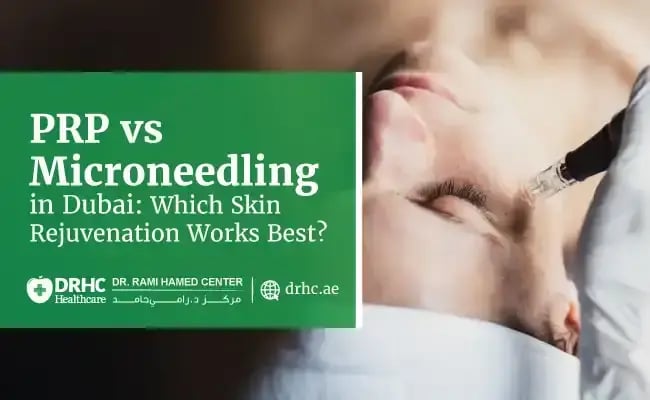
In Dubai’s fast-paced lifestyle and sunny climate, maintaining youthful, glowing skin can be a challenge. Exposure to sun, stress, and pollution often leads to fine lines, uneven tone, and loss of elasticity. Many people look for treatments that offer visible results without surgery — and two of the most popular options are PRP therapy (Platelet-Rich Plasma) and microneedling.
At Dr. Rami Hamed Center (DRHC) in Dubai, both PRP and microneedling are performed using advanced techniques to help you achieve smoother, firmer, and more radiant skin. But how do these treatments differ, and which one might be right for you?
What Is PRP Therapy?
PRP (Platelet-Rich Plasma) uses your body’s own natural healing process to rejuvenate the skin. The treatment begins by drawing a small amount of your blood, which is then processed in a centrifuge to separate the platelet-rich plasma — a golden fluid packed with growth factors and healing proteins.
This plasma is gently injected or applied to the skin to stimulate collagen production, improve skin tone, and promote natural healing. PRP is ideal for:
- Reducing acne scars and fine lines
- Enhancing skin texture and radiance
- Improving under-eye darkness
- Promoting overall skin rejuvenation
Because PRP is derived from your own blood, it’s biocompatible and natural, with minimal risk of allergic reaction or side effects.
What Is Microneedling?
Microneedling is a minimally invasive procedure that uses a device with fine, sterile needles to create controlled micro-injuries on the skin’s surface. These tiny punctures stimulate the body’s natural healing response, triggering collagen and elastin production — essential proteins that keep your skin firm and smooth.
Microneedling is highly effective for:
- Reducing the appearance of fine lines and wrinkles
- Minimizing large pores
- Smoothing acne scars and uneven texture
- Enhancing skin firmness and elasticity
Many people love microneedling because it offers noticeable results with minimal downtime and is suitable for most skin types.
PRP vs Microneedling: What’s the Difference?
While both treatments aim to rejuvenate the skin by stimulating collagen, they work in slightly different ways.
- PRP therapy uses your body’s plasma to enhance cell repair and regeneration. It delivers nutrients directly into the skin for deeper rejuvenation.
- Microneedling relies on mechanical stimulation to activate your body’s natural healing process and boost collagen production.
For even better results, these two treatments can be combined — a method known as the “Vampire Facial” — where PRP is applied immediately after microneedling. The microchannels created during microneedling allow the PRP to penetrate deeply, enhancing healing and boosting glow.
What to Expect During the Treatment
At DRHC Dubai, both treatments are performed in a safe and comfortable clinical environment by qualified specialists.
Here’s what you can expect:
- Consultation: Your skin is carefully assessed to determine the most suitable treatment plan.
- Preparation: A topical numbing cream is applied to ensure comfort during the procedure.
- Treatment: Depending on the chosen method, microneedling or PRP is performed (or combined) to target your skin concerns.
- Aftercare: Mild redness may occur for 24–48 hours — similar to a light sunburn — but recovery is quick, and most patients return to their normal routine the next day.
Results You Can Expect
Both PRP and microneedling work gradually, with results improving over several weeks as new collagen forms and the skin regenerates.
With PRP therapy, patients typically notice improved radiance, smoother texture, and reduced pigmentation within 2–3 sessions.
With microneedling, results often appear after the first few weeks, with continued improvements over time.
When combined, these treatments deliver deeper rejuvenation, enhanced glow, and longer-lasting results.
FAQs About PRP and Microneedling
1. Is PRP or microneedling painful?
Discomfort is minimal. Numbing cream is applied before treatment to ensure a comfortable experience.
2. How many sessions will I need?
Most patients benefit from 3–4 sessions spaced a month apart. Your specialist at DRHC Dubai will recommend a plan based on your skin’s condition.
3. Can these treatments be combined?
Yes, combining PRP and microneedling enhances results by allowing the PRP to penetrate deeper into the skin for faster healing and stronger collagen stimulation.
4. Is there downtime?
Minimal. Expect mild redness or sensitivity for a day or two, but no major interruption to your daily activities.
5. Are these treatments safe for all skin types?
Yes, both treatments are safe for most skin types, as they use natural healing responses without harsh chemicals or invasive techniques.
PRP and Microneedling at DRHC Dubai
At Dr. Rami Hamed Center, our dermatology and aesthetic specialists use advanced skin rejuvenation technologies and a personalized approach to help every patient achieve radiant, youthful skin safely.
We take time to understand your goals, explain every step of the process, and ensure you feel comfortable and confident with your treatment plan. Whether you’re seeking to reduce acne scars, fine lines, or dullness, we’ll recommend the best solution for your skin’s needs.
Conclusion
Both PRP and microneedling are proven, effective ways to rejuvenate the skin — each offering unique benefits. If you’re looking for natural regeneration, PRP may be ideal. If you want firmer, smoother texture, microneedling could be the better choice. For those seeking maximum results, combining both may offer the best outcome.
To find out which treatment suits your skin best, schedule a personalized consultation at Dr. Rami Hamed Center (DRHC) in Dubai. Our experts will guide you toward the most effective, safe, and natural way to achieve healthier, glowing skin.
📞 Call / WhatsApp: +97142798200
📍 Visit Us: Dr Rami Hamed Center, Dubai Healthcare City
🌐 Website: www.drhc.ae
Topic: Dermatology




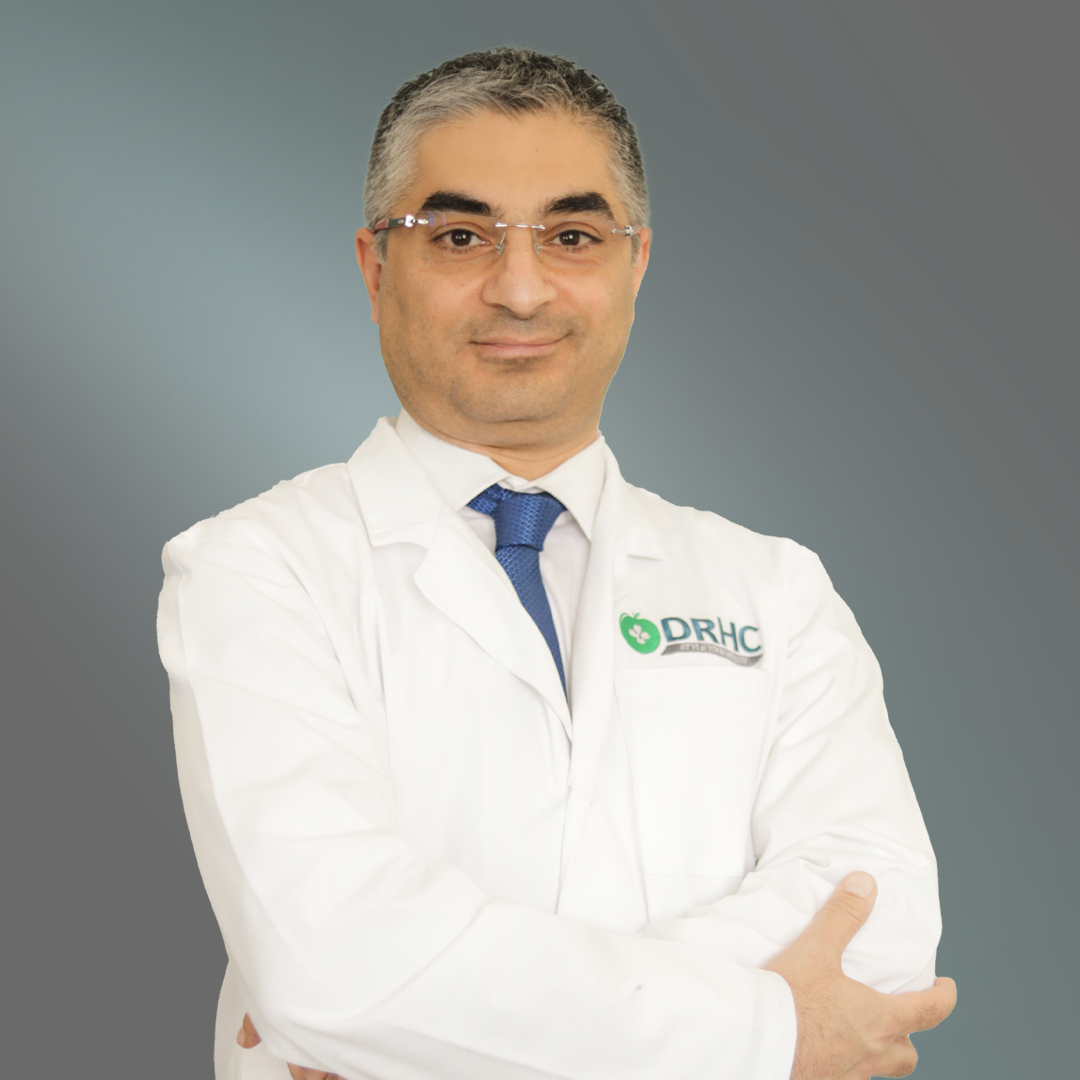
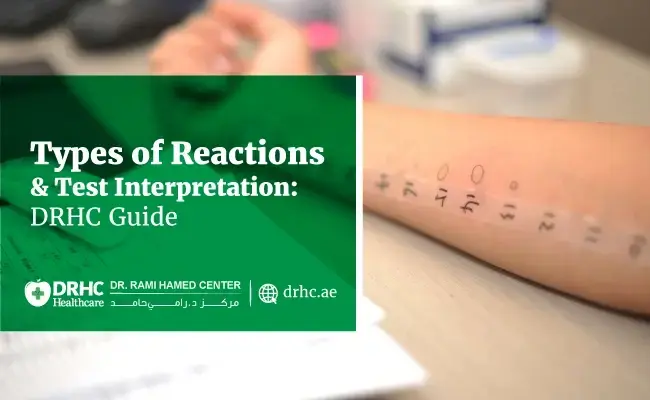
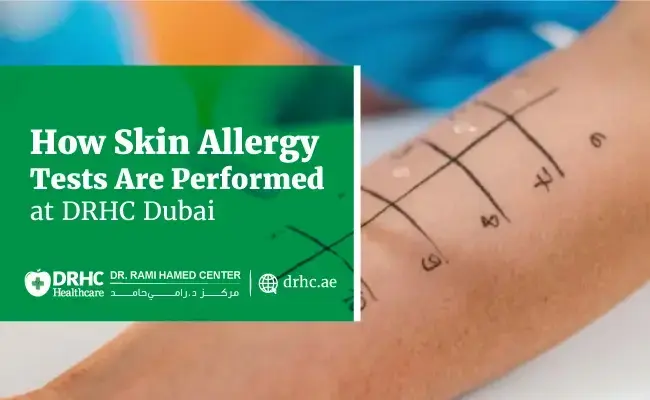
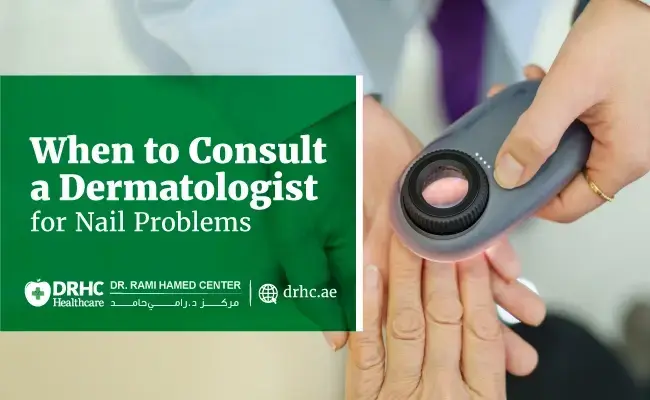

Leave a comment